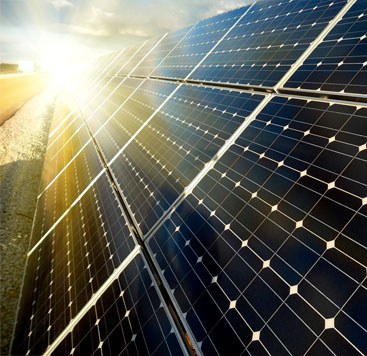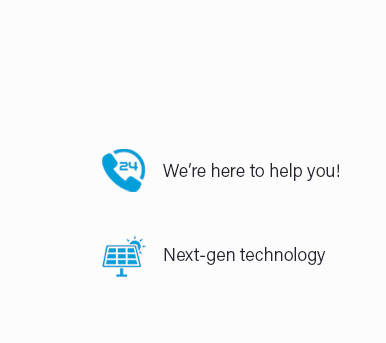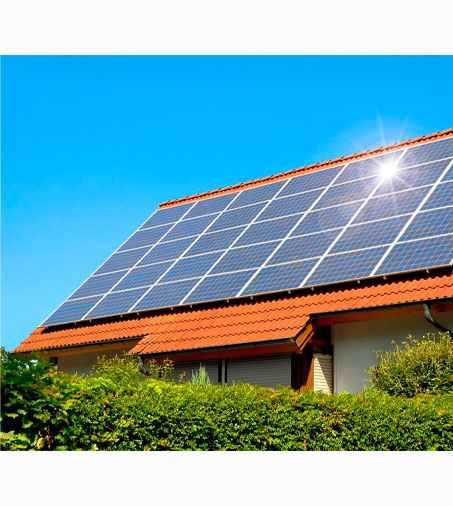 |
 |
 |
 |
 |
 |
 |
 |
 |
 |
 |
 |
 |
 |
|
 |
 |
 |
The Cost of Installing Solar Panels: A Comprehensive GuideIn an era where sustainable living is becoming more than just a trend, the idea of harnessing the sun's power through solar panels is captivating the imagination of many homeowners. Yet, as with any significant home investment, potential buyers often find themselves pondering, How much does it really cost to install solar panels?' Navigating through the myriad of factors that influence this cost can be daunting, but fear not; this guide seeks to unravel the complexities and offer reliable insights. To begin with, it's essential to understand that solar panel installation costs are not a one-size-fits-all affair. Several factors play into the total expense, including the size of the system, the type of panels used, and the specific characteristics of your home. On average, the cost of a solar panel system in the United States ranges from $15,000 to $25,000 before any applicable tax credits or incentives. This broad range underscores the variability based on the geographical location and the unique needs of each household. One might wonder how the system size affects the cost. Simply put, the larger the system, the higher the cost. A typical residential system size ranges from 3 kilowatts (kW) to 10 kW, with the average household requiring around 5 kW. Each kilowatt of solar can cost between $2,500 and $3,500, a figure that includes both materials and labor. Therefore, a 5 kW system might set you back approximately $12,500 to $17,500 before incentives. When it comes to panel types, the market primarily offers monocrystalline, polycrystalline, and thin-film solar panels. Monocrystalline panels, known for their high efficiency and sleek design, are generally the most expensive, whereas polycrystalline panels offer a more budget-friendly alternative at a slightly lower efficiency. Thin-film panels, although less common for residential use, present a cost-effective option with the trade-off of reduced efficiency and more space required for installation. Location also plays a pivotal role in determining costs. Areas with abundant sunlight and higher electricity rates often see quicker returns on investment, making solar panels a more attractive proposition. Moreover, installation costs can vary significantly between regions due to differences in labor rates, permitting fees, and local incentives. For instance, states like California, Texas, and Florida not only enjoy ample sunshine but also offer robust state incentives, driving down the effective cost of solar installations. Speaking of incentives, the federal solar tax credit, known as the Investment Tax Credit (ITC), currently offers a significant financial boon to those investing in solar energy. This credit allows homeowners to deduct a portion of their solar costs from their taxes, translating to a 26% reduction for systems installed in 2022. However, it's crucial to check the current rates as these incentives are subject to change and can considerably alter the cost dynamics.
Ultimately, while the initial cost of solar panel installation might seem steep, the long-term benefits, both financial and environmental, often justify the investment. As technology advances and solar becomes more mainstream, costs are expected to continue to decrease, making solar power an increasingly accessible option for eco-conscious homeowners. In conclusion, while the path to solar energy may require careful consideration of numerous factors, the promise of sustainable energy and potential cost savings makes it a journey worth considering for those looking to invest in the future. https://www.energysage.com/local-data/solar-panel-cost/oh/
How much do solar panels cost in Ohio in 2025? ... As of January 2025, the average solar panel system costs $2.61/W including installation in Ohio ... https://www.solarreviews.com/solar-panel-cost/ohio
How much do solar panels cost the average house in Ohio in 2025? As of 2025, the average cost of solar panels per watt in Ohio is $2.90 per watt. https://help.covetool.com/en/articles/4529706-solar-panel-cost-residential-commercial
Commercial solar installation costs for small and mid-sized businesses range from $43,000 for a 25 kW system up to $175,000 for a 100 kW system. Businesses ...
|